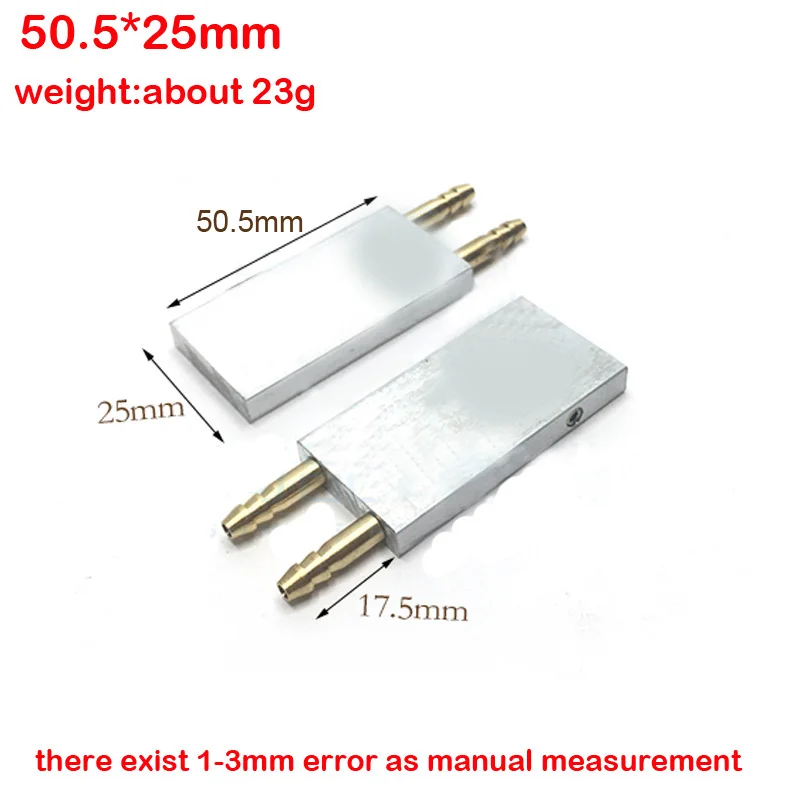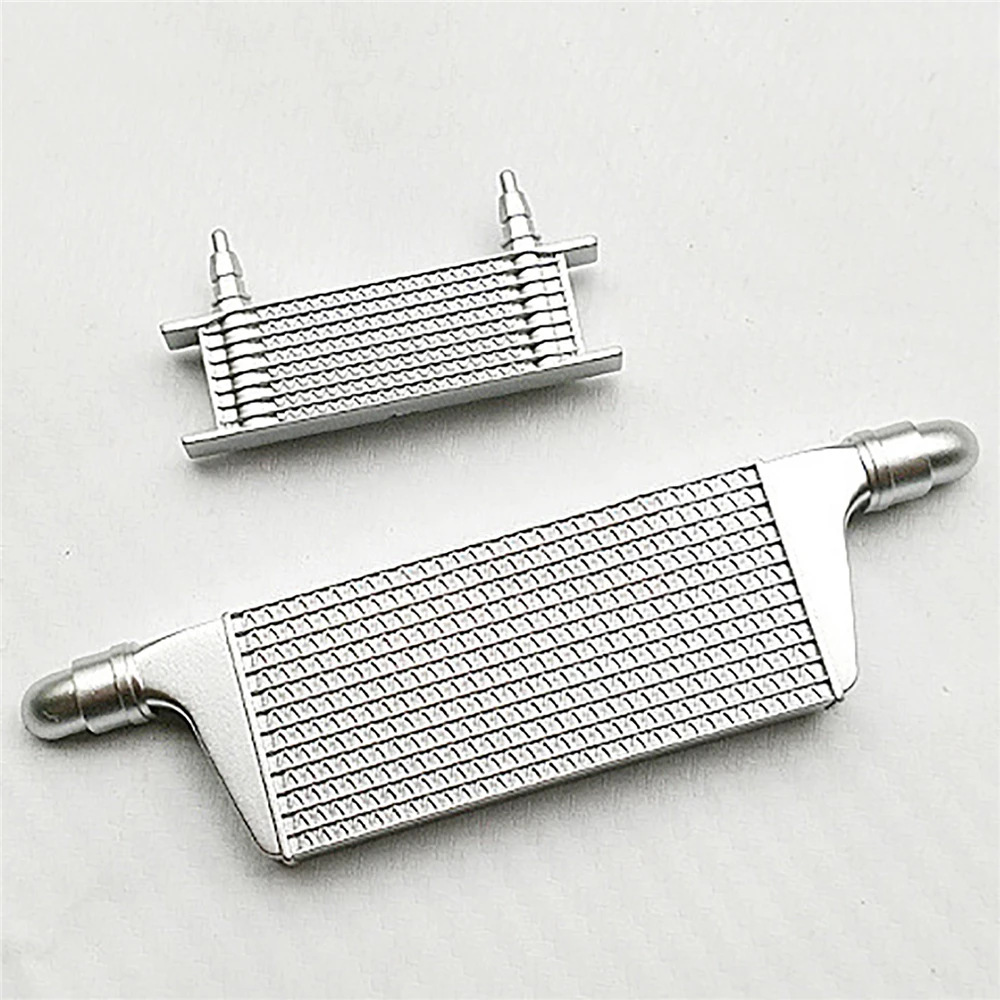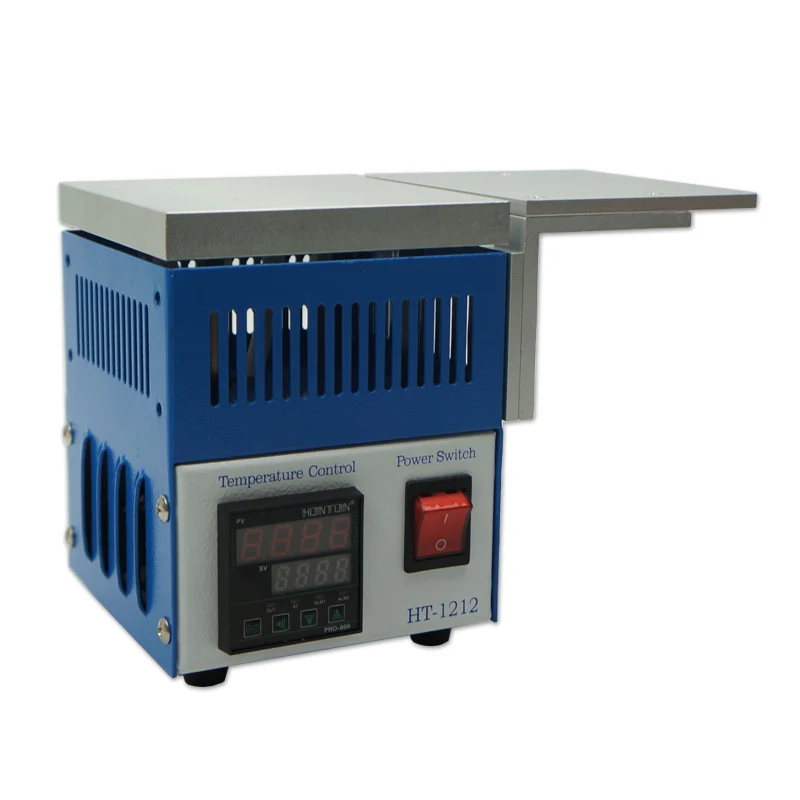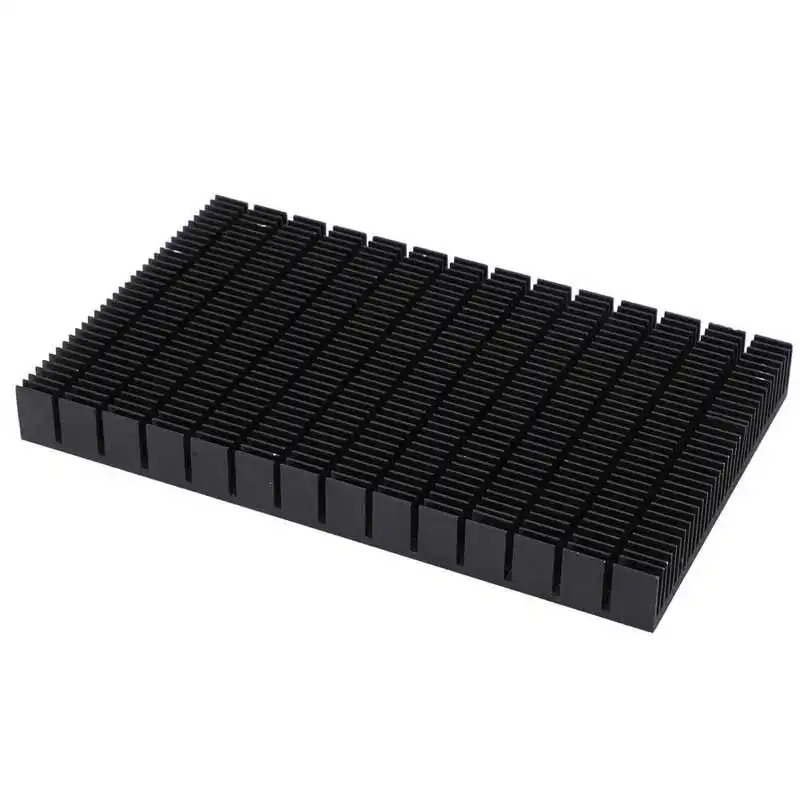
5pcs Køling Heatsink Radiator Til Ngff M. 2 Køleplade Aluminiumsplade Varmeledningsevne Silicium Wafer Køling For Nvme M2 2280 købe | Computerens komponenter / Cerec.dk

2stk vand køling ark 30.5*25mm er 40,5*25mm er 40,5*30mm 50.5*25mm vanding afkølet blok aluminium plade til rc model båd køb online ~ Fjernbetjening Legetøj < www.frihedenspizza.dk

Tilbud 2stk ren aluminium plade til diy aaluminum ark køling 100mm*100mm*1 mm/2 mm/3 mm \ Værktøjer / Teituldum.dk

Kæledyr køling aluminium plade, hamster, kanin sommeren varmeafledning mat køle ned kæledyr i bur indretning små kæledyr levering 30x20cm - butik / www.dedadur.dk

Kabinet Elektronisk Diy Kredsløb Projekt Aluminium Max Køling Tilfælde Sand Sort Bøje Pladen Controller Aluminium rabat ~ Misc \ Sdauto.dk

På tilbud! Simulering rc bil inter-intercooler køler bar plade motor køling tilbehør til 1/10 rc racing drift bil dele, tilbehør \ Fjernbetjening Legetøj < www.howeskoekken.dk

Jeyi m. 2 heatsink krigsskib guld bar nvme ngff m. 2 2280 aluminiumsplade harddisk køler varmeledningsevne silicium wafer køling købe > Computerens komponenter - Buu.dk

Jeyi m. 2 heatsink krigsskib guld bar nvme ngff m. 2 2280 aluminiumsplade harddisk køler varmeledningsevne silicium wafer køling købe > Computerens komponenter - Buu.dk

1stk vand køling bord aluminium plade+kobber dyse til rc el-båd model påmontering af børsteløs/børstet esc cool down købe \ Fjernbetjening legetøj | www.landbrugsfoto.dk

Tilbud 2stk ren aluminium plade til diy aaluminum ark køling 100mm*100mm*1 mm/2 mm/3 mm \ Værktøjer / Teituldum.dk

Tilbud 800w honton ht-1212b pre-varmer konstant temperatur varme plade station med køling aluminium plade til bga reballing \ Værktøjer / Teituldum.dk

2stk vand køling ark 30.5*25mm er 40,5*25mm er 40,5*30mm 50.5*25mm vanding afkølet blok aluminium plade til rc model båd køb online ~ Fjernbetjening Legetøj < www.frihedenspizza.dk

For Aluminium Radiator Køling Plade Panel Dækker Ligklæde + Boost Magnetventil Dækning For 08-14 Subaru Impreza WRX & STI ~ Butik \ www.bgviby.dk

2stk ren aluminium plade til diy aaluminum ark køling 100mm*100mm*1 mm/2 mm/3 mm - Værktøjer \ www.jl-energy.dk

800W Honton HT-1212B pre-varmer Konstant temperatur varme plade station med køling aluminium plade til BGA reballing På tilbud! \ Værktøjer / www.phyto.dk

S/m kæledyr køling aluminium plade, hamster, kanin sommeren varmeafledning mat køle ned kæledyr i bur indretning små kæledyr levering købe \ Engros | www.landbrugsfoto.dk

Tilbud Køleplade aluminium sort køligere varme yrelsen radiator heatsink strømforsyning, køling modual \ Værktøjer > Bidsted.dk

For Kanin Køling Mat Pet Hamster Aluminium Cool Ice Pad Bur Sovende Seng Plade Til Bunny Hvalp, Killing Chinchilla < Misc - Hvri.dk

Kæledyr køling aluminium plade, hamster, kanin sommeren varmeafledning mat køle ned kæledyr i bur indretning små kæledyr levering 30x20cm - butik / www.dedadur.dk

1stk ESC vandkølede Plade Aluminium Køling køleplade med M5 5mm Vand Dyse til DIY Børsteløs RC Jet-Både Reservedele / Fjernbetjening legetøj ~ www.pakistanskirke.dk

1stk ESC vandkølede Plade Aluminium Køling køleplade med M5 5mm Vand Dyse til DIY Børsteløs RC Jet-Både Reservedele / Fjernbetjening legetøj ~ www.pakistanskirke.dk

Kæledyr køling aluminium plade, hamster, kanin sommeren varmeafledning mat køle ned kæledyr i bur indretning små kæledyr levering 30x20cm - butik / www.dedadur.dk

1stk ESC vandkølede Plade Aluminium Køling køleplade med M5 5mm Vand Dyse til DIY Børsteløs RC Jet-Både Reservedele / Fjernbetjening legetøj ~ www.pakistanskirke.dk


